Which got me to thinking -- aside from Chapman University themselves and their consultants, at the Chapman scoping meeting of a week ago, at last night's City Council meeting, and on a long thread on NextDoor.com regarding the subject, I haven't heard anyone overtly support Chapman University's proposed expansion. One online commenter did express that she had 2 different groups of Chapman young men living next to her over a 2-year period and that they were all well behaved and only had the occasional weekend party. So while not directly supporting the expansion (my words -- not hers) she did want to acknowledge that not all of the off-campus students were problematic -- fair enough.
So what do you think? Results are anonymous and you can only vote once (theoretically). If there is enough response by June 15, 2015 I will pass the results on to the City of Orange -- so let your friends know and have them vote!

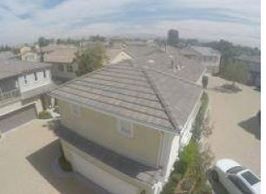
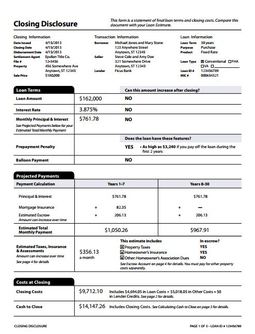
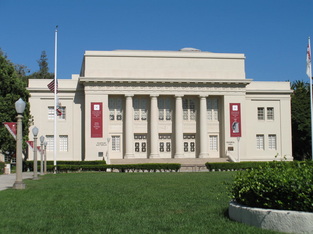
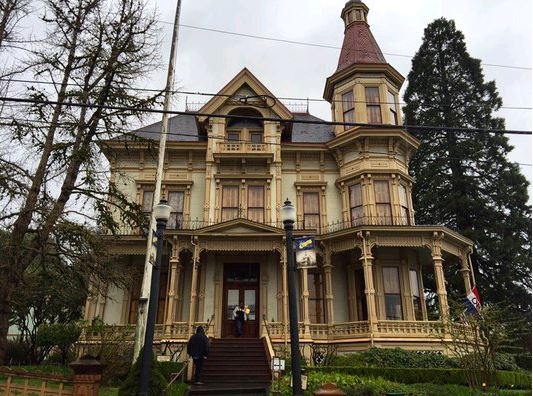
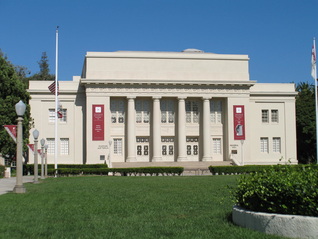
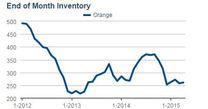
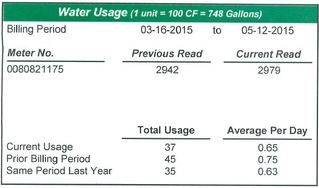

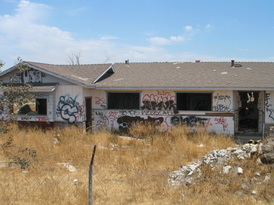








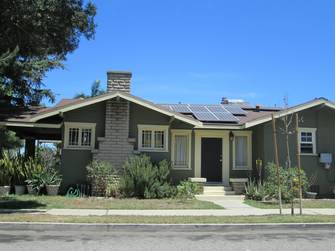



 RSS Feed
RSS Feed